Shows and starlets like Here Comes Honey Boo Boo and Miley Cyrus have recently popularized teacup pigs. Everywhere you look, people are posting videos and pictures of miniature pigs, claiming they want one. And really, who wouldn’t want a chihuahua-sized piglet? But what happens when that tiny pig grows to surpass the weight of a Great Dane? Here, we debunk the top four misconceptions people have about teacup pigs.
Number Four: Teacup Pigs Remain Teacup-Sized Forever. Also called “micro pigs” and “pocket pigs,” the term “teacup pig” has been used for two decades to trick buyers into believing their teacup pigs will stay petite forever. Here is how it works: breeders put up a listing for a palm-sized porker for anywhere from $750 up to $3,500. Buyers, believing their new addition to the family will stay toy-sized, watch as their micro pig becomes a larger adolescent pig, growing up to become a hog that often weighs more than a Great Dane! The term “teacup” describes what the pig looks like at that exact moment it is presented to the buyer, and it is definitely not a promise for the future.
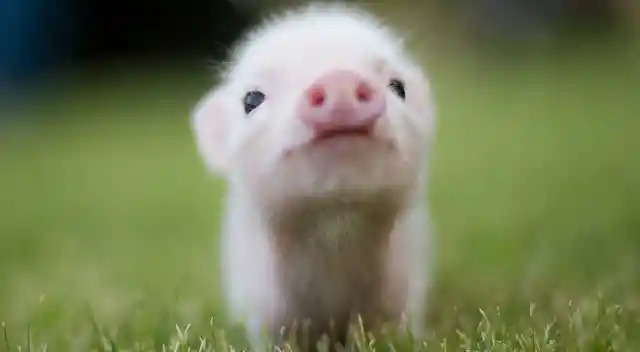
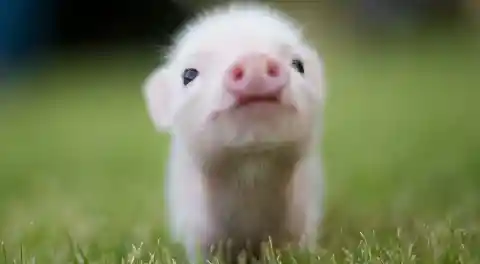
Number Three: Underfeed Your Teacup Pig to Keep it Small. Unfortunately, some breeders will tell new owners to underfeed their new piglets in order to keep them small. They attempt to perpetuate the concept that it’s possible to keep teacup pigs tiny by only feeding them a quarter cup of food a day, which only results in starving the pig. It is true that malnutrition will keep the pigs’ skeletal structure small, but their internal organs will only keep growing. This results in bone deformities, because their skeletal structures won’t support their size. Instead of a miniature-sized pig, you will end up with a handicapped pet who will require special care in order to live a full life.
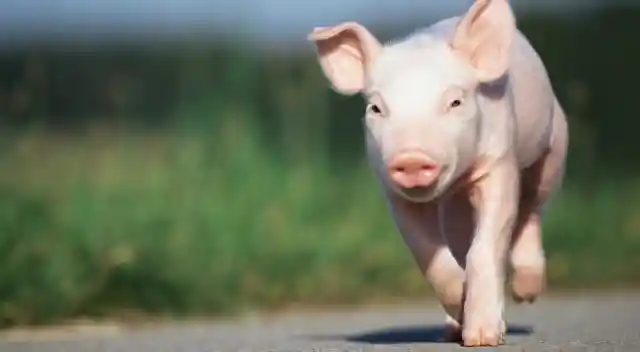
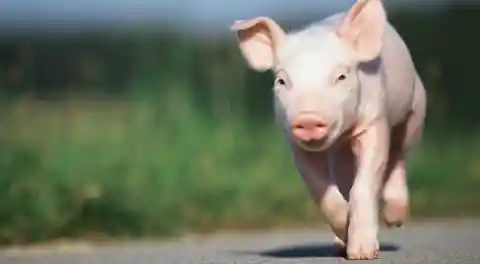
Number Two: Teacup Pigs Require Little Exercise And Attention. Just like any domesticated animal, pigs are a responsibility and require attention just like cats, dogs, or hamsters. Because they are prone to obesity and will eat as much as you feed them, they require daily exercise. Though they don’t require as much as a dog their size, daily activity will insure they stay happy and healthy. Miniature pigs also require socialization when they are young, especially as they have not been bred historically to be companion animals. This is key to insure a well-adjusted piglet becomes a happy hog.
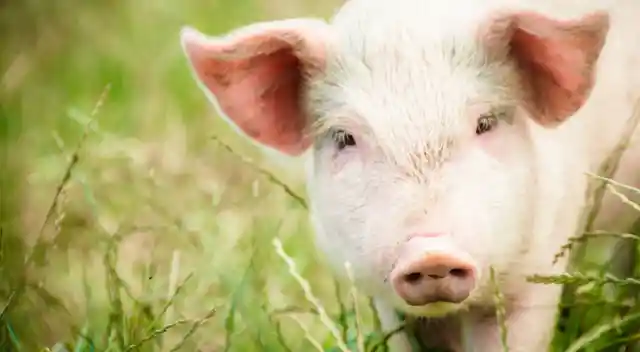
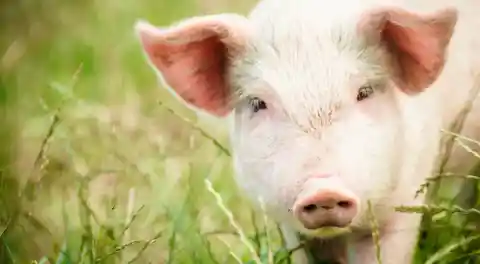
Number One: Teacup Pigs Are Like Dogs, But Less Hairy. This misconception is subtler, but there is a huge difference in temperament between “predator” animals such as cats and dogs, and “prey” animals like pigs. A well-adjusted dog will always be happy to see you, or anyone else, when you come home. A pig, on the other hand, will not be excited or friendly with someone they have never met before. It is a natural instinct not to trust an unknown animal. For all the pig knows, your best friend could be looking for his or her next bacon fix! That leads to a discussion about domestication. Cats and dogs have been bred as companions for thousands of years. Changing the dynamics of a relationship where an animal has historically been bred for food, to a new pal, does not happen in a mere 20 years.
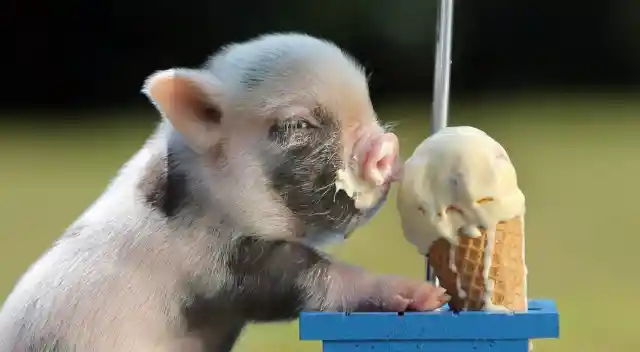
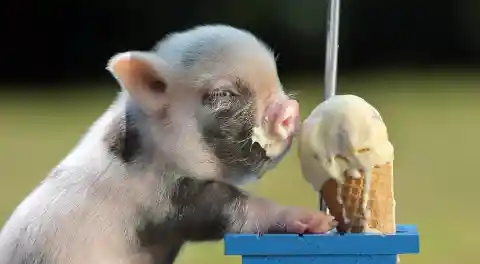
All of this does not mean pigs cannot be great companions, but they do have special needs and a different temperament than a typical “companion” animal. Just keep in mind that if you do feel compelled to participate in this trend and own teacup pigs, please adopt. Because these misconceptions are so widespread, there are many owners that simply do not have the means to take care of a hefty hog and had to give their teacup pigs back to shelters retroactively.